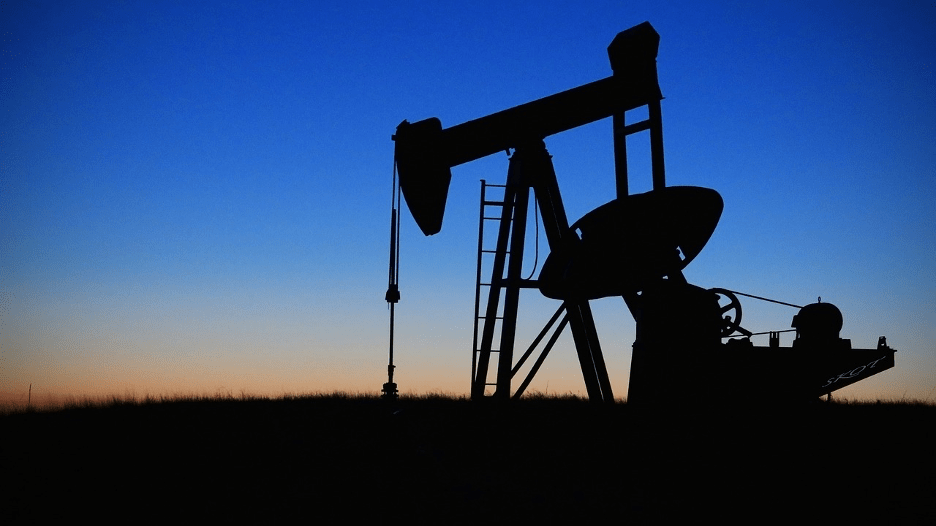
Technological advancement and digital transformation are inevitable and inescapable, no matter how much old-fashioned industry leaders would like to think otherwise. Technology is the future, transforming every industry in the world, including oil and gas, and helping forward-looking leaders to secure a better future for their companies and the industry as a whole. Without technological innovation and its application across the oil and gas sector, there would be no way to efficiently scale growth or compete with other developing industries.
What's more, digital and other technologies can push the oil and gas industry towards a more sustainable future, perhaps even creating a sustainable oil and gas industry that will thrive in an increasingly eco-conscious global society. But let's not get ahead of ourselves, instead, let's take a closer look at the five interesting ways technology and digital transformation are changing the oil and gas industry for the better.
Automation is reshaping the industry
Software and hardware automation is one of the most impactful technological innovations that have revolutionized the modern business world in the last two decades. Of course, for the oil and gas industry, these technologies can have immense value and help companies minimize financial expenditure across the board while improving operational efficiency, lowering risk, and increasing overall output to keep the oil industry alive.
Automated machinery and robotics are becoming commonplace on drill sites nowadays, allowing the engineers and workers to operate it remotely or simply oversee various processes without being in the midst of things. Likewise, specialized modelling software and various digital tools facilitate better planning and resource management, comprehensive oversight, and more.
Focusing on growing digital channels

The oil and gas business doesn't have a such a good reputation nowadays, with companies in the field usually coming under a lot of scrutinies over their impact on climate change and global warming, inefficient processes that endanger natural habitats, and more. The public can have a difficult time differentiating between the brands that are truly only in it for the money, not caring for the environment that much, and the brands that are doing their best to aid preservation and conservation.
This is why the latter companies need to work on their brand visibility, authority, and trust, by investing in digital technologies, marketing, and their online presence as a whole. Digital marketing and brand dissemination are two very powerful tools that can greatly shape the perception of your brand in the eyes of the public as well as global governments, which is why investing in brand-building and utilizing all available marketing and communication channels can help you create a more positive brand image, and most importantly, control the narrative.
Oil and gas is integrating Ecommerce
Not only has the Ecommerce industry been booming across the globe in recent years, but the novel Coronavirus pandemic has also pushed companies from various industries into online trade in order to maintain operational efficiency and stay afloat amidst a global crisis. Interestingly, parts manufacturers are increasingly becoming part of the B2B e-commerce industry by selling specialized oilfield equipment online to oil and gas companies as well as vendors and resellers around the world, making it possible for businesses to maintain productivity and output by having quick access to the parts they need.
The B2B e-commerce marketplace is bound to keep growing in the years to come, simply because global brands demand the convenience and speed that online trade offers when it comes to the procurement of mission-critical parts and machinery. This also opens the doors to global vendors, which effectively improves and expands a company's supply chain.
Leveraging IoT solutions and applications

IoT technologies and IoT-friendly devices and machinery bring many wonderful benefits to the oil and gas industry, all of which aim to improve productivity, elevate workplace safety, and minimize extraneous financial expenditure while improving revenue streams. This technology can disrupt the oil and gas industry in a big way, and help companies improve various processes.
IoT devices facilitate communication between physical devices and everyday objects, they allow for seamless remote control and monitoring, and they help create a truly connected workplace to boost collaboration and provide timely information machinery, inventory, transportation, employee safety, and assets in general.
Combining big data analytics with AI

And finally, big data analytics is imperative for the running and functioning of the oil and gas industry as a whole. Companies need to analyze and organize vast amounts of data in order to make accurate forecasts and predictions, make detailed performance reports, and manage their assets in a cost-effective way. That said, doing this manually are a cost and labour-intensive task, which is why combining big data analytics with artificial intelligence is an important step every company should take.
Wrapping up
Technology is the future of the oil and gas industry, especially if your goal is to ensure long-term growth, make your processes as sustainable as possible, and build a reputable brand image. With these insights in mind, be sure to leverage technology and digital transformation to achieve your key objectives.


